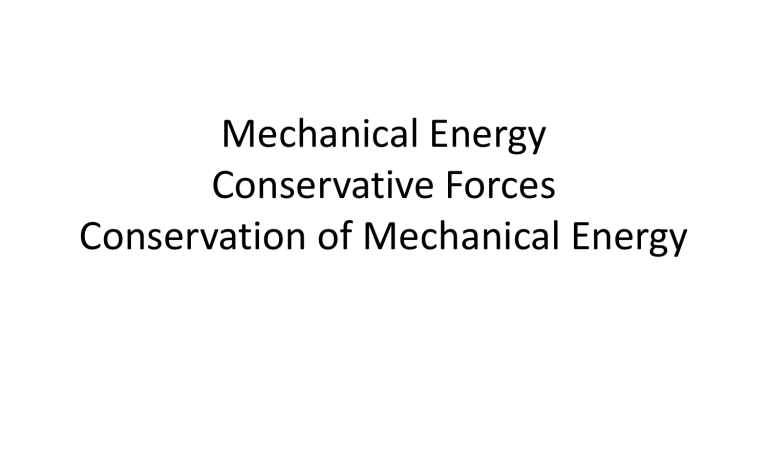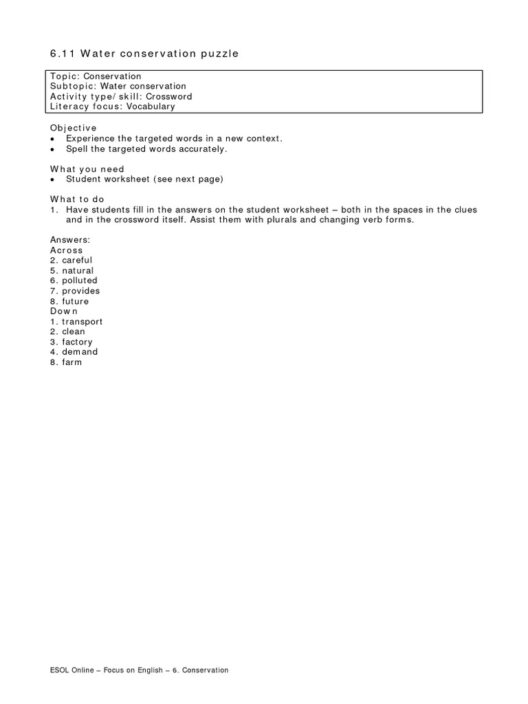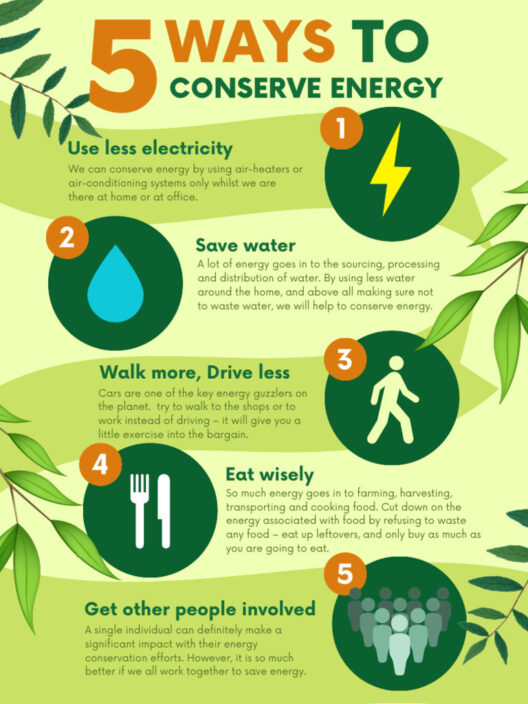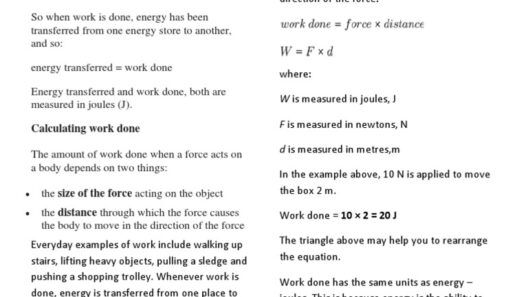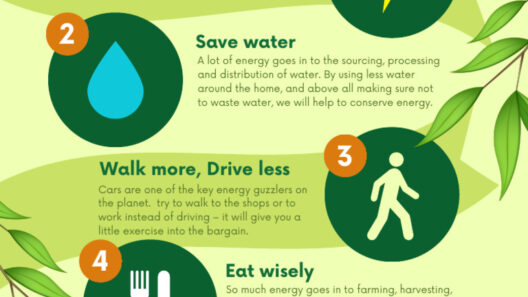The concept of mechanical energy conservation is fundamental in the realm of physics, often eliciting both intrigue and confusion. Mechanical energy is defined as the sum of kinetic energy (the energy of motion) and potential energy (the energy stored due to an object’s position or configuration). The principle of conservation of mechanical energy states that in a closed system where only conservative forces are acting—such as gravitational or elastic forces—this total mechanical energy remains constant. However, when work is introduced into the situation, the dynamics change, raising the question: Is mechanical energy still conserved?
To delve into this inquiry, one must first understand the nature of work in physics. Work is defined as the transfer of energy that occurs when a force acts upon an object to cause displacement. When work is done on an object, it alters the energy state of that object. For instance, when you lift a heavy box, you are applying a force against gravity, imparting energy to the box and increasing its gravitational potential energy. In such situations, one must consider the types of forces involved and their classification as conservative or non-conservative.
Conservative forces are those for which the work done is independent of the path taken. For example, when an object is lifted in a gravitational field, the work done by gravity can be fully recovered if the object is lowered back to its original height. In contrast, non-conservative forces, such as friction or air resistance, do not retain mechanical energy within the system when work is performed. Instead, these forces convert mechanical energy into other forms, such as thermal energy, leading to a complex interplay between energy forms.
A common observation in everyday life is the phenomenon of energy transformation. For instance, when riding a bicycle downhill, gravity does work on the cyclist, converting potential energy into kinetic energy. If there were no friction or air resistance, the mechanical energy would remain conserved throughout the descent. However, in reality, energy is lost to these non-conservative forces, illustrating that while energy is not created or destroyed, it is often transformed into less useful forms.
The journey of understanding mechanical energy conservation deepens when considering real-world applications. Engineers and scientists consistently apply the concepts of energy conservation to design systems ranging from automotive vehicles to renewable energy sources like wind turbines and hydroelectric dams. While designing cars, for example, engineers aim to enhance efficiency by minimizing energy losses due to friction and drag. This pursuit reflects their understanding that even within a closed system, the introduction of work can alter the mechanical energy landscape significantly.
It is crucial to recognize the implications of energy conservation on ecological systems as well. The delicate balance of ecosystems can be viewed through the lens of energy transfer. Producers, consumers, and decomposers all interact in energy exchanges reminiscent of mechanical energy transformations. For instance, plants convert solar energy into chemical energy through photosynthesis, analogous to work being performed on the solar energy they absorb. In this cycle, energy is neither lost nor created; rather, it transitions between forms, highlighting the inexorable links between energy conservation and environmental health.
Moreover, modern society’s reliance on non-renewable resources challenges the fundamental principles of energy conservation. Fossil fuels, for instance, store energy that has been formed over millions of years but converting this energy for human use often results in significant losses through heat and other forms of wasted energy. Therefore, addressing energy conservation not only serves as a question of physics but as a vital environmental concern. Understanding mechanical energy conservation can inform policies in energy efficiency, resulting in technological advancements to optimize energy usage and minimize waste.
Returning to the central query: Is mechanical energy conserved if there is work? The answer lies within the context of the forces at play. In scenarios dominated by conservative forces, mechanical energy can be conserved despite work being done. However, the presence of non-conservative forces almost invariably leads to a decrease in mechanical energy within the system. Thus, while the conserved mechanical energy principle holds in idealized conditions, the complexities of real-world systems often necessitate a more nuanced understanding.
In conclusion, the inquiry into mechanical energy and work serves as a gateway into the broader intricacies of energy conservation. Observing how energy transforms—whether through gravitational forces, friction, or ecological relationships—fosters a profound recognition of the interconnectedness of all energy forms. By appreciating the interplay of energy within mechanical systems and their surrounding environments, one can better advocate for sustainable practices that respect the integrity of both scientific principles and ecological balance. Apart from theoretical implications, the path of understanding mechanical energy conservation can ultimately guide humanity towards a more sustainable future, paving the way for innovative solutions to preserve our planet.



